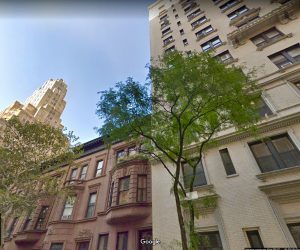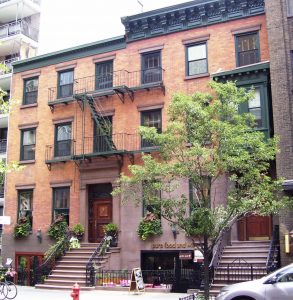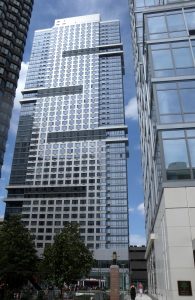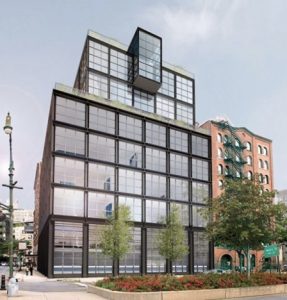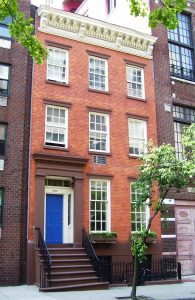What Building Size Is Right For You?
When choosing between a small, intimate building or a large doorman building, there are many factors to consider. A small, cozy building may offer a feeling of privacy, but may likely require an increased demand on time, since buildings with a small number of units are often self-run. A larger, and newer building may be loaded with amenities, but that benefit is offset by a smaller apartment. There are pros and cons to different building size and type. Which is right for you?
Small – up to 10 units:
– Many small buildings opt for self-management, saving the cost of a Managing Agent. Instead, owners contribute their time and energy towards the maintenance of the building. This not only saves money, but also allows decisions and processes to be effectuated more efficiently.
-Owners in small buildings are happy to not pay for services and amenities that they feel they don’t need or want.
-Small buildings are appreciated for their homey feel.
-The lack of doormen in small buildings can afford a greater sense of privacy.
Large – over 30 units:
-The Managing Agent and the Board take care of everything. Owners pay their common charges/maintenance, and don’t worry about anything else.
-The costs of maintenance, emergencies, and taxes are spread among a large number of people, reducing the financial burden on any one owner. Also, if someone defaults on their common charges, it’s a very small percent of the building revenue that is lost.
-Large buildings often offer more amenities (gym, resident’s lounge, roof deck, garage). Many newer developments have made a large investment in amenities, offering indoor pools, movie theaters, health clubs, and more.
-The increased common square footage in these developments comes at the cost of decreased square footage in the units. This is well worth it for a purchaser who plans on spending a good amount of time outside the apartment using the common amenities.
-There is usually a doorman who accepts packages and maintains security. Staff will include a live-in super, handy when the toilet overflows, or there’s a drip from a faucet.
Medium 10-30 units:
-Medium size buildings may have some amenities and services such as a doorman and live-in super, possibly a small gym or lounge, but will typically lack the frills that raise the common charges even higher (pool, theater, etc.).
-These buildings can still achieve a more intimate feel, while also providing enough owners to help share the burden of maintenance. i.e. a new roof divided over 25 units will cost less for each resident than a building with 4 units.
Townhouse – single and two family:
-In a townhouse, you are the king of your castle. You can make any changes you want (with city permits, when applicable). You can move bathrooms and kitchens. You don’t have to collaborate with or get anyone’s permission, except the building department.
-You can play your drums to your hearts content! Of course, that is, if your walls are thick enough and the adjacent neighbors don’t complain.
-You are solely responsible for maintenance, so while you aren’t paying a monthly common charge, you will need to have money available for ongoing maintenance and eventual repairs.
-You are also solely responsible for compliance with city ordinances – snow shoveling, garbage disposal, etc.
-Townhomes are often zoned for either single family or two family. For single family, it is illegal to rent out a portion of the home. This designation can be changed, but it’s a long, complicated process. So, if you are planning to do this, it’s probably a good idea to look at 2 family homes. The rental income is often welcome to help pay the mortgage.
-A two (or more) family home, on the other hand, can be converted more easily into a single family home. This is the trend today, and fetches a higher return on resale.
Before making any purchase, it’s a good idea to explore the various building types. At Spark Realty, we are happy to guide your exploration and help find the right fit for you.

